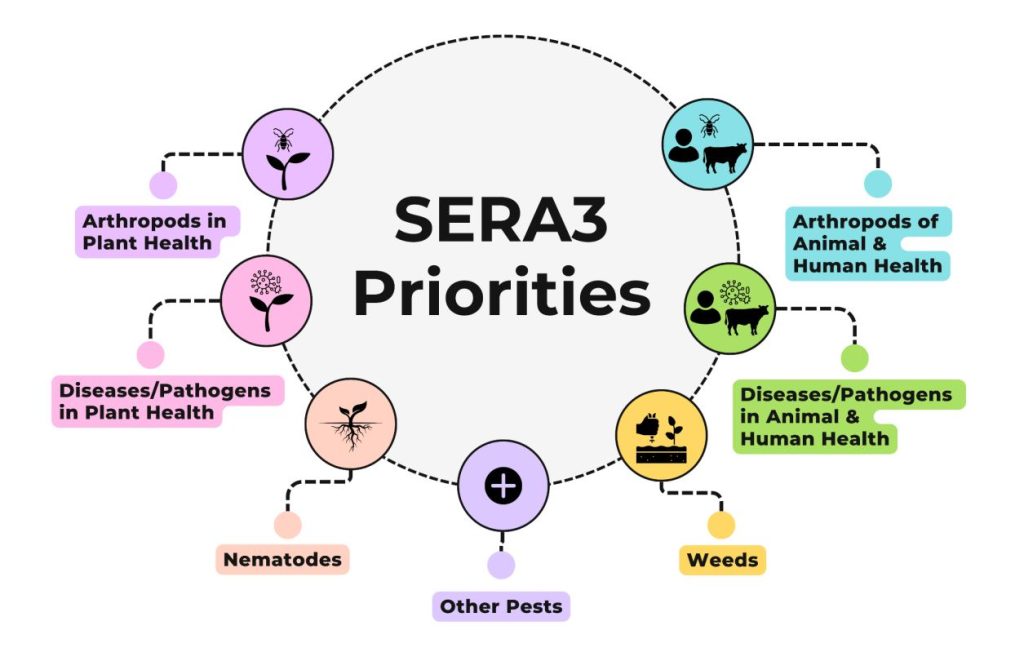Grant applicants and awardees must provide information about specific priorities identified by growers or other stakeholders in the Southern region. The following are resources for understanding those priorities that are stakeholder-identified, recognized by the IPM Coordinators in each state of the Southern Region, and in the National Roadmap for Integrated Pest Management.
National IPM Roadmap

The National IPM Roadmap provides strategic directions for IPM research, implementation, and measurement. The goal of the road map is to increase adoption, implementation, and efficiency of effective, economical, and safe pest management practices, and to develop new practices where needed.
SERA3 IPM and Pest Priorities in the Southern Region


Since its formation, SERA3 has consistently provided leadership and input for funding priorities to the various Southern IPM grants programs and on inducements to encourage participation by representatives of all pest management disciplines and from all Southern region states.
Criteria for Selection of IPM Priorities
- Strong stakeholder need
- Address economic, environmental, and/or human health issues
- Priority is relevant in two or more states or territories in the Southern Region
Projects with a priority listing address critical IPM issues resulting from:
- Changes in management systems
- Pesticide resistance (chemical or GMO)
- Invasive pests
- Loss of management tools
- Environmental changes
IPM Data Priority Lookup

Research, regulatory, and educational priorities are established by growers and other stakeholders during Pest Management Strategic Plan (PMSP) workshops. During the workshops, insect, pathogen, weed, nematode, mite, and animal pests are identified as concerns for the commodity by state. Biological, physical, and chemical controls for those pests are also specified. The priorities listed in this report are a result of these stakeholder-identified priorities.
PMSP workshop participants represent grower associations, US Environmental Protection Agency, Federal and State Departments of Agriculture, private industry, producers, non-profit agencies, and other interested parties for a commodity.
A new priority search tool has been released that lets a user search for priorities across all the IPM documents. Through use of simple search terms you can find all priorities that mention ‘resistance,’ ‘pollinators,’ or even ‘pesticide safety.’ We expect this to be widely used by individuals justifying funding for grants or trying to see larger trends of priorities across commodities.
